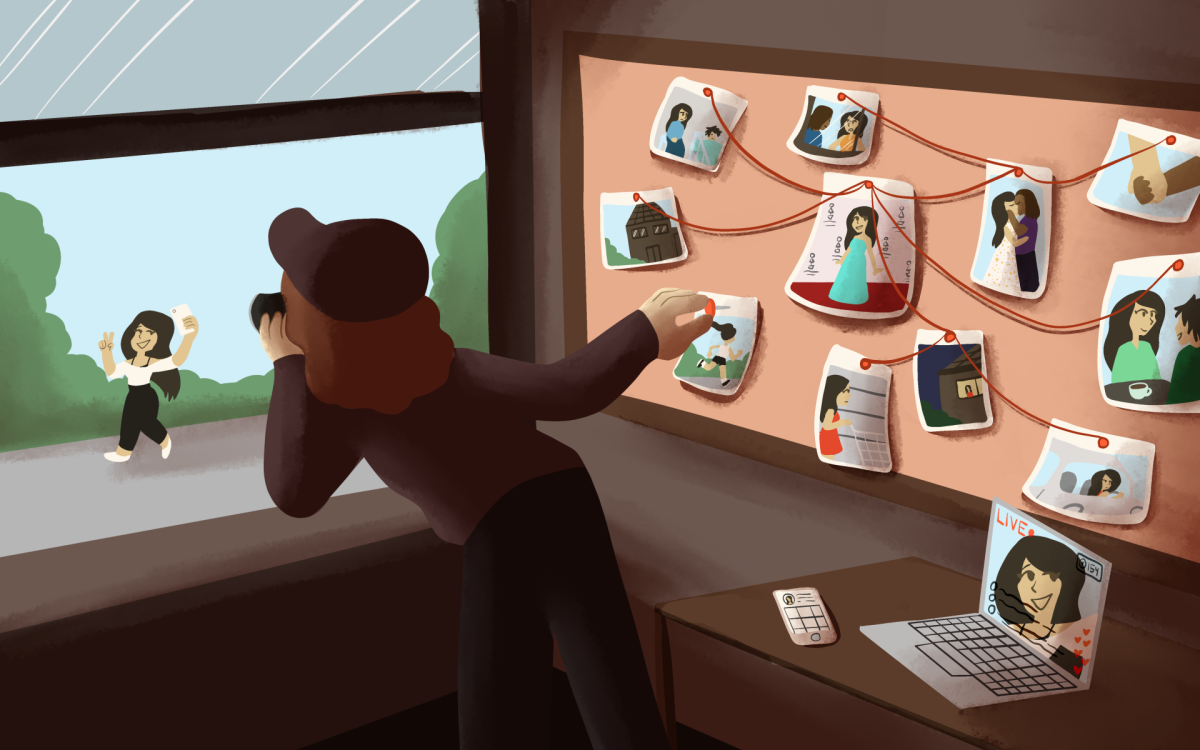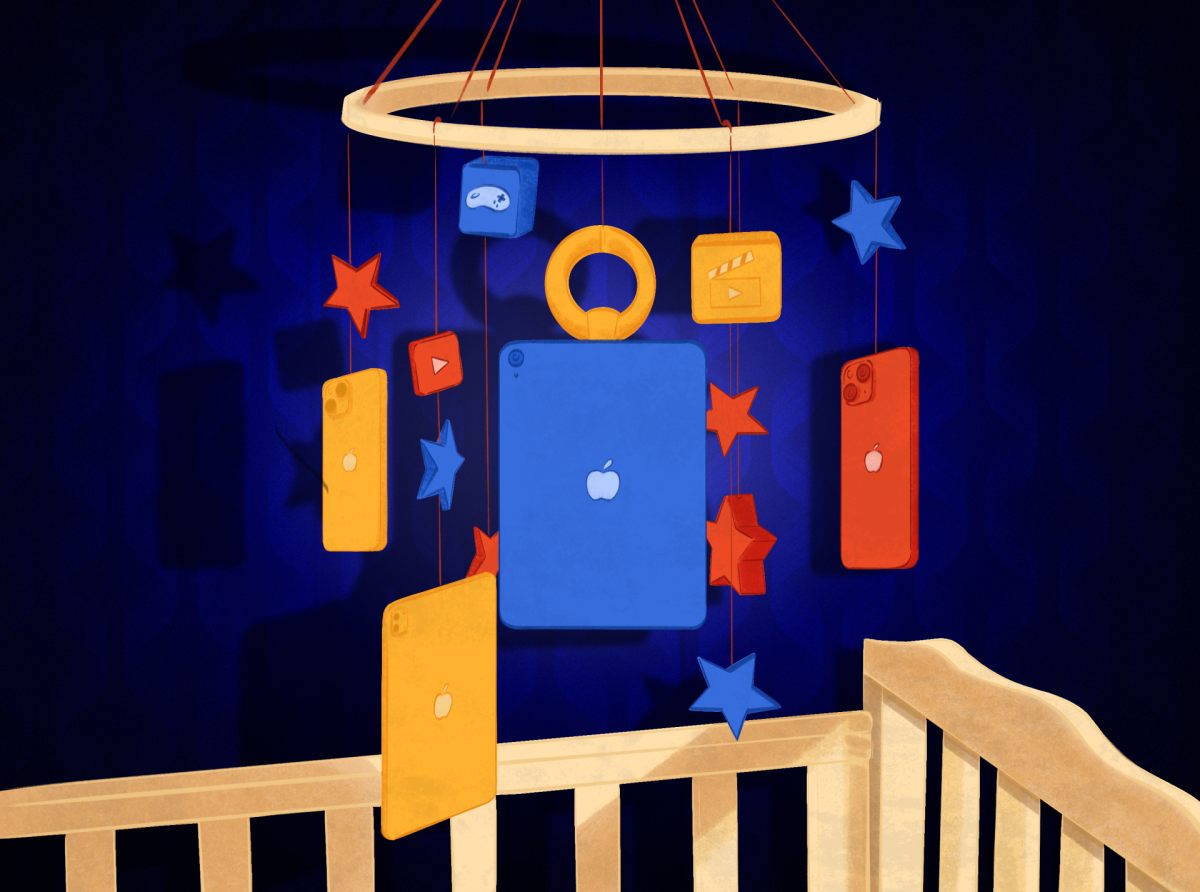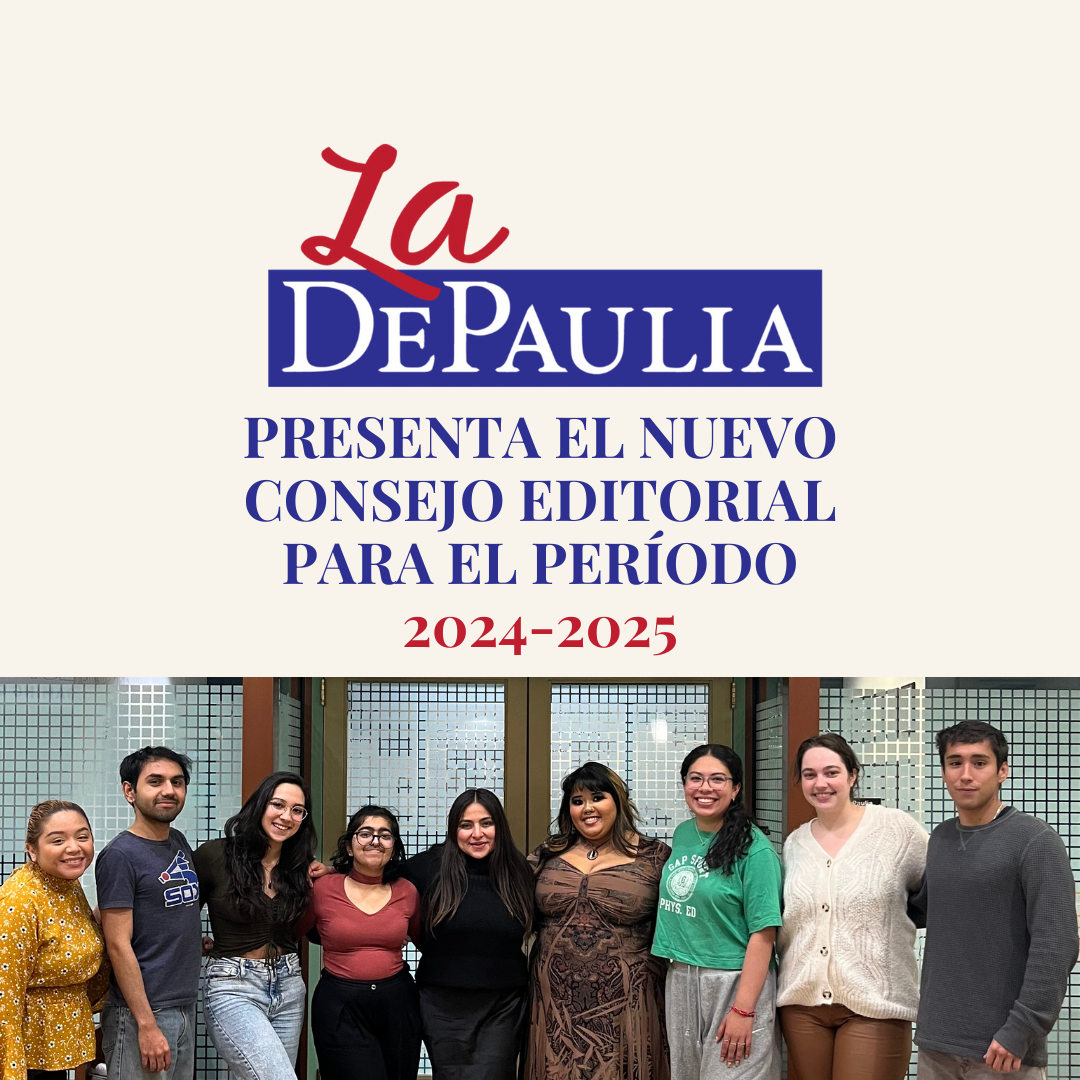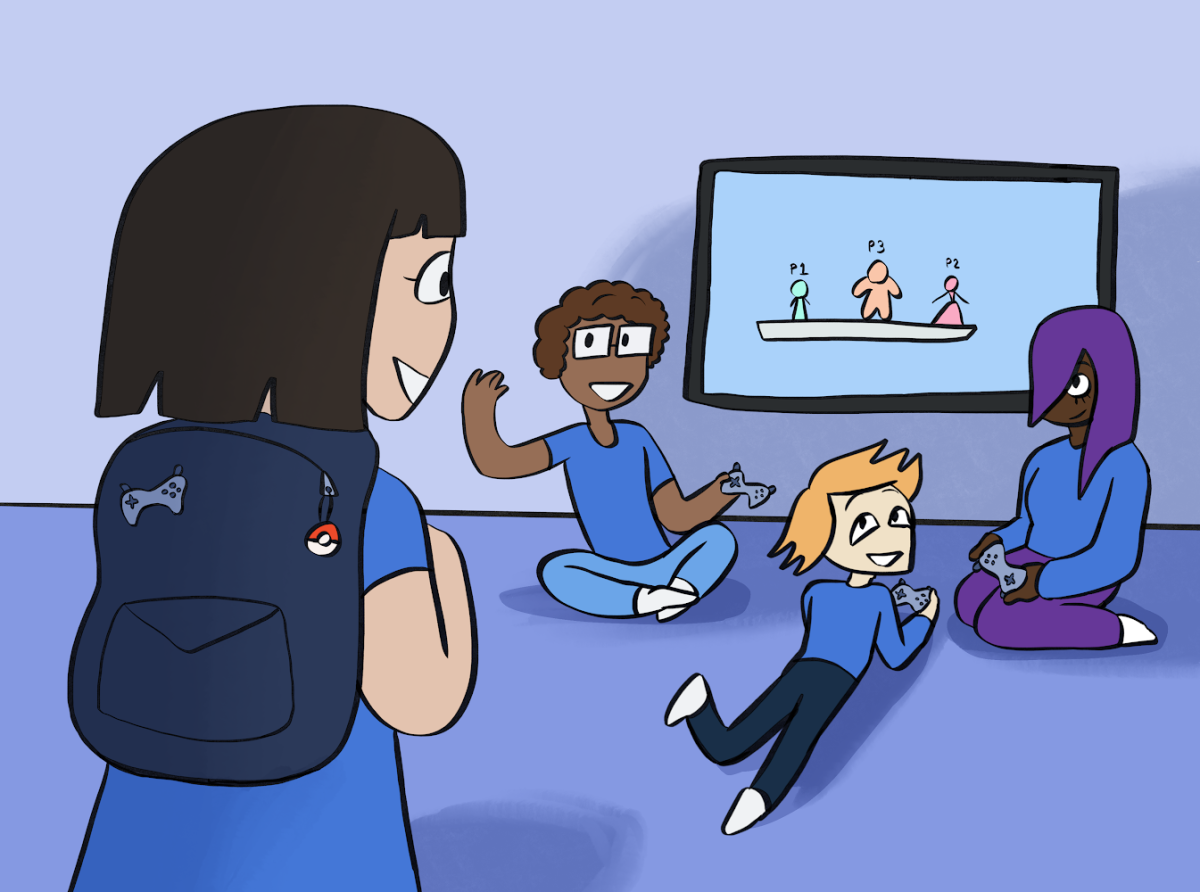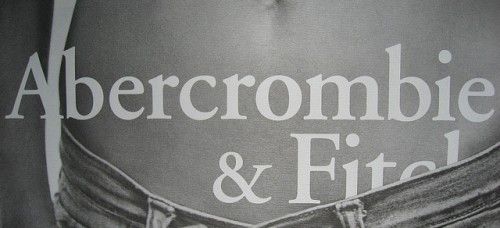
It feels like just yesterday we were groping through dark clothing stores with thumping music, squinting our eyes through a fog of perfume for an overpriced T-shirt with the store’s logo printed across the chest.
These are fond memories to us now, little quirks of our adolescence like AIM and rhinestone-embellished flip phones. But as unused toys have gathered dust in closets, clothing store powerhouses from our teen years have been similarly on the decline.
Abercrombie & Fitch will likely be the first chain of these stores to disappear completely. According to Bloomberg Business, “sales at established stores” have dropped significantly. In 2013, the company closed “at least 220 mall stores.” Entering December 2014 profits “were expected to be about $106 million, less than half of what they had been in 2012.”
Sales have been dropping for years and they don’t seem to be going up anytime soon.
Still, it has certainly been trying its hardest. Earlier this year, the company made a bold move to shrink their logos to practically nothing — largely in an attempt to revamp its image after former CEO Mike Jeffries suggested the company’s clothing was exclusively for “cool” and “attractive” teenagers and not for “fat” people.
After this controversy, the company “expanded its merchandise to include larger sizes for women,” according to the Chicago Tribune. It also tried to cut its prices to compete with more popular stores like Forever 21 and H&M, stores whose rapidly changing merchandise at cheap prices are more attractive to consumers.
The chain also turned the lights up in its stores, turned the music down and it now sprays less perfume onto merchandise — it’s about time.
Still, Abercrombie & Fitch has extremely high and almost unreasonable expectations for its stores. The employees, for example, are monitored from their shoes to the length of their fingernails, and it seems like they’re chosen under less-than-fair pretenses.
In an interview with Cosmopolitan, an employee said she believed she was only hired for her looks. “If you’re young, if you look like you have a good style and if you’re attractive — I think that’s really a mark of Abercrombie & Fitch, whether or not we agree with it,” she said. The store has held “cool” to the highest standard possible for too long, and now they’re paying for it.
Even among today’s fast-changing styles, Abercrombie & Fitch has maintained its same “preppy, all-American” style for too long, while the rest of society has moved on. Despite its more recent attempts at switching to a more relaxed style — what today’s young consumer is looking for — we’ll never be able to shake high school and all its bold labels from our minds.
Four years ago it was “cool” to cover yourself in as many labels as possible to show off the money you spent on your outfit. Today, “cool” is thrift shopping and knowing no one could ever guess where your outfit came from. “Cool” is buying an entire outfit for $20 or less. Abercrombie & Fitch will never accomplish that.
So unfortunately, Abercrombie & Fitch is lukewarm — too new to be old school, too old to be hot. They spent over a century chasing “cool,” and held it in their palms for about half a decade. Now, “cool” is worlds away from them, and they’re moving too slowly to catch up.
Within a few years, Abercrombie & Fitch will either make a comeback or be gone forever. In the meantime, we’ll take our business elsewhere.


